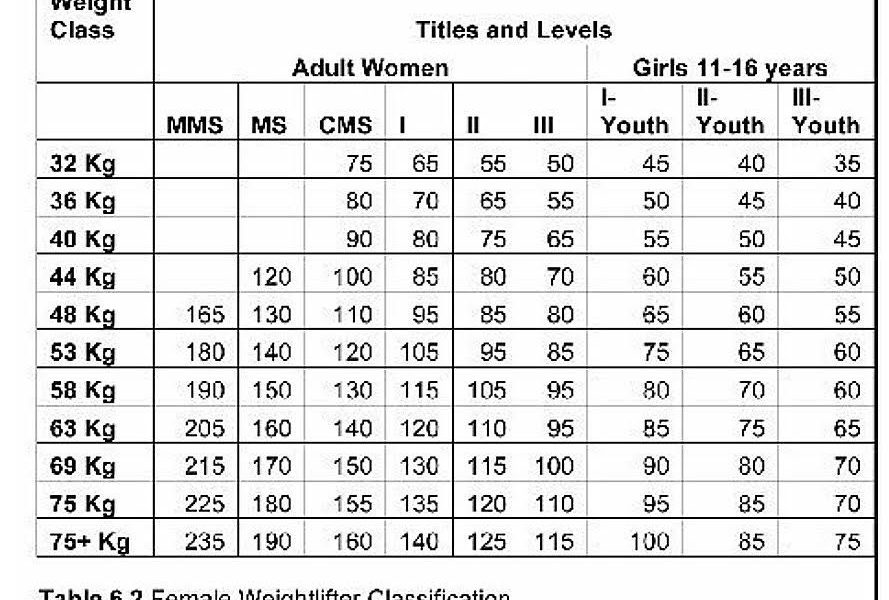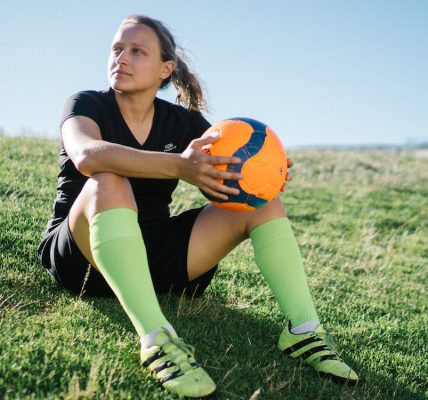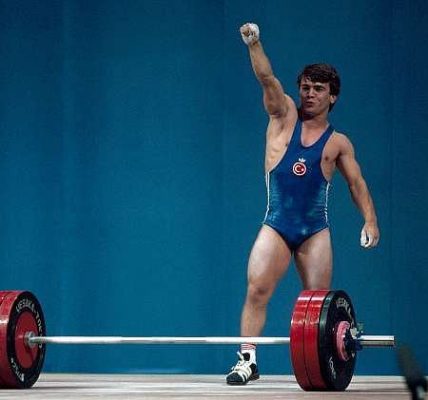Weightlifting has gained immense popularity in recent years, especially with the rise of CrossFit and strength training. Among various weightlifting styles, Olympic weightlifting stands out for its unparalleled power and finesse. If you are interested in getting started with Olympic weightlifting, it’s crucial to have a well-crafted training program that optimizes your progress while minimizing the risk of injury.
Understanding The Basics
Prior to designing your training program, it’s important to understand the basic principles of Olympic weightlifting. This sport consists of two main lifts: the snatch and the clean and jerk. Both lifts require explosive power, coordination, flexibility, and technical precision. Each lift involves moving the weight from the ground to an overhead position in a controlled manner. The Olympic weightlifting program typically focuses on developing strength, power, speed, technique, and mobility to perform these lifts effectively.
Setting Your Goals
Before diving into the specifics of your training program, define your goals. Do you want to compete in Olympic weightlifting, or are you incorporating it into your overall fitness routine? Identifying your objectives will help you tailor your training program accordingly.
If you are training for competitions, your program might focus on peaking at the right time, mastering technical lifts, and improving overall strength. If your goal is to integrate Olympic weightlifting into your fitness routine, you might prioritize developing explosive power and maximizing muscle growth while incorporating other training modalities.
Training Frequency and Volume
When it comes to training frequency and volume, it’s essential to strike a balance. The frequency of your training will depend on your experience level, recovery capacity, and other individual factors. However, as a general guideline, beginners can start with two to three sessions per week, gradually progressing to four to six sessions per week as they advance.
Volume refers to the total number of sets and repetitions performed in a training session or week. Olympic weightlifters typically perform multiple sets of low repetitions with heavy weights to focus on strength and technique. As you progress, consider increasing your training volume but ensure adequate rest and recovery to prevent overtraining and injury.
Exercise Selection and Progression
The exercise selection in your Olympic weightlifting program should primarily include the snatch, clean and jerk, and their variations. These lifts should form the foundation of your training program, as they target the entire body and maximize power development.
It is also crucial to incorporate accessory exercises that support the main lifts and improve overall strength and mobility. Exercises like front squats, overhead squats, push presses, and snatch-grip deadlifts can complement your training program and enhance your performance.
Progression is key in any training program. Gradually increase the intensity, volume, and complexity of your lifts as your strength and technique improve. This could be accomplished by adding weight to the bar, manipulating the tempo, or incorporating more challenging variations of the lifts.
Working with a Coach or Trainer
While it’s possible to design your Olympic weightlifting training program independently, working with a knowledgeable coach or trainer can greatly accelerate your progress. A good coach can provide personalized guidance, fine-tune your technique, and help you overcome plateaus. They can also monitor your form, offer valuable feedback, and ensure that you train in a safe and efficient manner.
The Importance of Recovery and Nutrition
Training hard is crucial, but recovery plays an equally important role in your progress. Adequate rest, sleep, and nutrition are essential for muscle repair and growth. Ensure that you incorporate rest days into your training program and prioritize quality sleep. Additionally, maintain a well-balanced diet that supports your training goals and provides the necessary nutrients for optimal performance and recovery.
Conclusion
Crafting an Olympic weightlifting training program requires careful consideration of your goals, training frequency, volume, exercise selection, and progression. Listen to your body, prioritize recovery, and work with a qualified coach if possible. With dedication, consistency, and the right program, you can unleash your potential and achieve impressive results in the exciting world of Olympic weightlifting.




